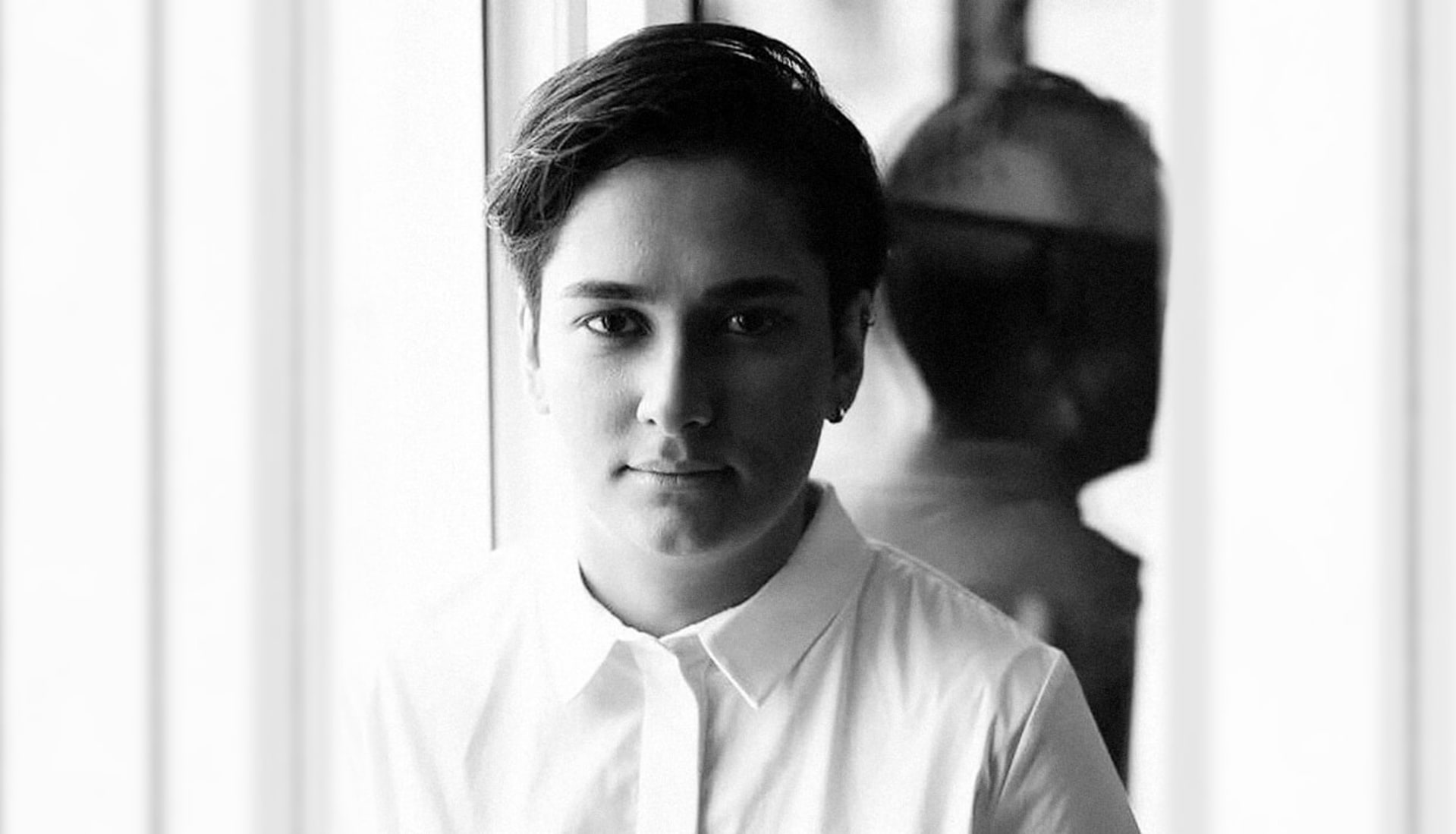
Meet DJ Nesa, A Woman Aiding Iran’s Electronic Music Boom
I was born and raised in Tehran, and I got into music at a very young age—when I was maybe 6 or 7 years old.
I started playing very traditional Iranian instruments, like the tombak and dayereh drums, a string instrumental called a tar, the zither-like santoor and one non-traditional instrument: the guitar. I’ve been making music myself since 2004, but before that I was working as a DJ with lots of my own techniques. I decided to make my own music and started working in Ableton, plus a bit of Reason and Logic. But what I make is very different from what I play, and I’m still mainly known for being a DJ.
My earliest DJ gigs were actually at private events in Dubai in 2009. It was an amazing experience for me because I was used to playing only for very small groups in Iran. I was even offered a residency at a club in Dubai, but unfortunately I wasn’t able to stay due to visa issues. My first official DJ set—one that wasn’t a private or unofficial party—was actually only a few months ago in Yerevan, Armenia. It was amazing to play in a proper club, to have that atmosphere and to play for people from so many different places. I love playing for people I’ve never met. It’s quite a contrast to playing in Iran, where there aren’t any clubs or public nightlife. All the underground music has to happen at parties at private homes. The crowds at house parties in Tehran can vary a lot, from 30 up to even 200 people. Most of the people there are Iranian, unless by chance someone has a foreign guest visiting. But other than that, Iranians make up 90 percent of the parties. As far as the atmosphere goes, I’d have to say that we all have similar problems everywhere in the world: when you mix drugs and alcohol, the chance of altercations increases. However, I do think there’s less chance of problems at parties in Iran because everyone’s usually friends.
These days the music played at those parties is mostly techno, house and acid house. Over the last five years, electronic music has experienced eye-opening growth in Tehran and all over Iran, which has drastically changed everything. When I started DJing at about age 16, it was a bit challenging to do due to a lack of gear—plus the fact that I didn’t really know any people who DJed or produced music. People were simply less familiar with electronic music. But as time passed, people gradually started to become more familiar with the genre. A lot happened once we starting performing live and people could really reflect on talents that may have been dormant for some time. We’ve also got many music festivals in Iran, such as SET or TADAEX, the latter of which involves phenomenal visual and sound artists, noise and ambient musicians. There’s also the Limited Access Festival. Many good things have happened and are still happening in the Iranian electronic music scene. It makes us very hopeful.
So in 2014 I started Deep House Tehran with a friend of mine, Farbod Darwish. It was initially an Instagram page, a Facebook site and a SoundCloud account. We started discovering Iranian electronic artists who were active in the underground here in Tehran or in other Iranian cities and began reposting their links and music. Then we started a weekly music podcast, Tehran Nights—we actually just released our 100th episode via a very popular Iranian radio station called Radio Javan. But we’ve since started to exclusively release stuff on our own. We also do many events and have been working with an unofficial underground record label, which releases tracks from our artists on SoundCloud. Although Deep House Tehran was built as a platform for promoting Iranian electronic artists, it doesn’t really matter whether they’re in other parts of the world. We’ve got several artists from the Middle East—from Saudi Arabia, for example. Other than making podcasts and promoting artists on social media, we post up-to-date news about music, new devices, synthesizers—the stuff that attracts our readers. We translate everything into Farsi for our followers, too. It’s really more like an online magazine sometimes.
Being a female in the music industry in Iran—or any other field for that matter—can be somewhat complicated due to ongoing patriarchy that not only exists here, but many other countries around the world. To give you an example, when it comes to choosing between me and a male artist, promoters would rather choose to work with the male artist. It’s even stranger when I come across people who know that I’m the owner/manager of Deep House Tehran. I’ll see them at an event standing next to my male friends, and they often end up asking my male friends their questions rather than asking me! All that being said, this issue has never bothered me to a point that would stop me from pursuing my dreams and being active in my field. I also believe that the situation of men having more power or better opportunities really exists everywhere in the world, and I’m sure female artists have similar struggles outside the Middle East.
What’s important to me is for Deep House Tehran to continue moving in the same direction and become more international. We want people all over the world to become familiar with us and to listen to our podcasts. Also, it’d be good to get more gigs around the world so that more people can come to our events. It’s very important for us to show people around the world that Iranian artist are also very talented, especially when it comes to electronic music. Where we live may limit us, but at the end of the day we will shine, and we like to share that with people all over the world.
Published June 19, 2017.
